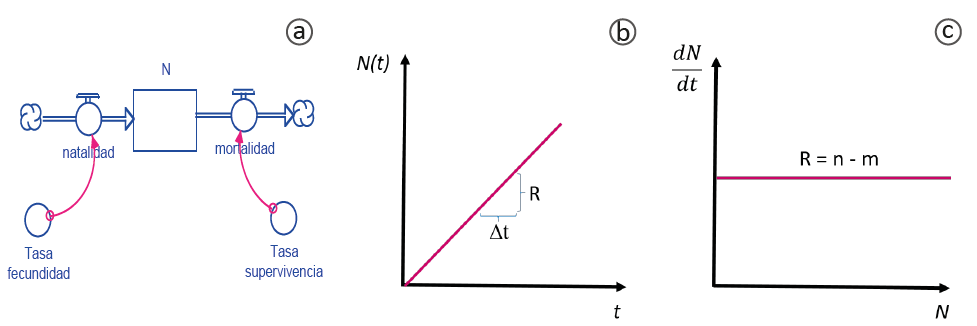Abstract
Classic growth models in biology were developed to provide a conceptual framework for critical assessment of wild populations’ changes. By leveraging this body of knowledge, it is intended to understand current trends in human population development, very often at the expense of an increasing severity in the ecosystem’s disturbance regime. Such a dynamic modeling approach will enhance our capability to solve sustainability issues ubiquitously experienced in today’s cities and along the rural/urban interface. This paper focuses on offering the students with flexible analytical tools, contributing to their overall pedagogical formation and encouraging them to be at the forefront of discussion panels tackling current challenges regarding growth limits and untenable expansion schemes. Such an informed background improves the cities inhabitants’ ability to engage in an assertive and impactful participation to overcome resource depletion in the face of climate change, while paying attention to key local-scale processes
References
Caswell, H. (2000). Matrix population models: construction, analysis and interpretations. Sunderland, Sinauer Associates Inc. 722 pp.
Comisión Económica para América Latina y el Caribe (2023). América Latina y el Caribe en la mitad del camino hacia 2030: avances y propuestas de aceleración. (Informe n° 6). https://www.cepal. org/es/publicaciones/48823-america-latina-caribe-la-mitad-
Gillman, M. y Hails, R. (1997). An Introduction to Ecological Modelling Putting Practice into Theory. Wiley Blackwell. 216 pp.
isee systems: página consultada el 12 de junio de 2024: https://iseesystems.com/store/products/stella-online.aspx
Margalef, R. (1977). Ecología. Segunda Edición. Ediciones Omega, SA Barcelona, España. 951 pp.
May, R. M. (1973). Qualitative Stability in Model Ecosystems. Ecology, 54(3), 638–641. DOI: 10.2307/1935352.
Mayr, Ernst (2016). Así es la biología. Ed. DEBATE. 434 pp.
Mcleod, E., Chmura, G., Bouillon, S., Salm, R., Björk, M., Duarte, C., Lovelock, C. Schlesinger, W. y Silliman, B. (2011). A blueprint for blue carbon: Toward an improved understanding of the role of vegetated coastal habitats in sequestering CO2. Frontiers in Ecology and the Environment, 9. DOI:10.1890/110004
Peter J. M. (2011). Community Ecology. Wiley-Blackwell.
Odum, E. P. (2006). Fundamentos de Ecología. Ed. Cengage Learning Editores, S.A. 613 pp.
Postigo, L. (1983). Matemáticas. Ed. Hispania–Sopena. 917 pp.
Pradisty, N. A., Amir, A. A. y Zimmer, M. (2021). Plant species- and stage- specific differences in microbial decay of mangrove leaf litter: the older the better? Oecologia, 195: 843-858. DOI: 10.1007/s00442-021-04865-3
World Health Organization (12 de octubre de 2023). Climate change. Recuperado el 15 de noviembre de 2023 de https:// www.who.int/news-room/fact-sheets/detail/climate-change-and- health#:~:text=Research%20shows%20that%203.6%20 billion,diarrhoea%20and% 20heat%20stress%20alone.

This work is licensed under a Creative Commons Attribution-NonCommercial 4.0 International License.
Copyright (c) 2024 Universidad Nacional Autónoma de México

